Understanding the Developing Heart in Children
Children’s hearts are remarkable — constantly growing, adapting, and learning how to handle the world’s demands. During early childhood, every sprint, jump, and climb is more than play; it’s training the cardiovascular system to become efficient and resilient.
How the Heart Grows and Strengthens Through Early Physical Activity
In childhood, the heart muscle grows stronger through repetitive physical challenges. When kids engage in active play — whether running, biking, or dancing — their hearts learn to pump blood more efficiently, increasing stroke volume and improving oxygen transport.
Why Cardiorespiratory Fitness Matters During Growth Years
Cardiorespiratory fitness (CRF) is a cornerstone of long-term heart health. It reflects how efficiently the lungs and heart deliver oxygen to the muscles — a key indicator of future cardiovascular well-being. Children who develop high CRF early are significantly less likely to suffer from hypertension, diabetes, or heart disease later in life.
The Science Behind Exercise and Cardiovascular Health
What Happens to the Heart During Exercise
When children move, their heart rate rises, boosting circulation and oxygen delivery. Over time, this “training effect” makes the heart more efficient. The walls of the left ventricle thicken slightly, improving its ability to contract — a physiological adaptation known as athlete’s heart.
The Role of VO₂ Max in Measuring Cardiovascular Efficiency
VO₂ max — or maximal oxygen uptake — measures how much oxygen the body can use during intense exercise. In children, it’s a predictor of both current fitness and future cardiovascular resilience. Simple activities that elevate heart rate and breathing, like tag or jump rope, naturally improve VO₂ max without formal training.
Long-Term Benefits of Early Movement for Heart Health
Preventing Childhood Obesity and Early Onset Cardiovascular Disease
A sedentary childhood can set the stage for chronic diseases. Active kids maintain healthier body composition, better blood lipid profiles, and more stable blood pressure levels. Even moderate movement dramatically lowers cardiovascular risk factors.
Building Lifelong Heart Habits from Play
Children who associate movement with joy — not obligation — are far more likely to stay active as adults. When exercise is framed as play, it creates positive emotional connections that foster lifelong motivation.
Movement as Play: The Joy of Active Childhoods
Why Unstructured Playtime Is a Natural Workout
Free play — climbing trees, running races, jumping puddles — engages multiple muscle groups, elevates heart rate, and boosts coordination. It’s essentially a cardiovascular bootcamp disguised as fun.
How Games Like Boardgains Turn Movement Into Fun
Boardgains, a fitness-based board game, takes the best elements of play and combines them with structured physical challenges. Each move on the board involves exercises like squats, burpees, or jumping jacks, turning game night into a full-body cardio session.
Boardgains as a Cardio Workout: Bootcamp Energy in a Game
Think of Boardgains as a bootcamp in disguise. Just like a HIIT class, it keeps the heart rate elevated, encourages teamwork, and creates bursts of activity that challenge the cardiovascular system. The difference? It’s wrapped in laughter, competition, and family bonding — the perfect environment for sustainable movement.
VO₂ Max and the Growing Heart: Training Without “Training”
How Active Games Improve Endurance and Aerobic Capacity
Activities like Boardgains help children train their aerobic systems without realizing it. The repeated intervals of activity mirror endurance training — increasing lung capacity, strengthening the heart muscle, and improving oxygen utilization.
Safe and Effective Ways to Encourage VO₂ Max Development in Kids
- Incorporate 60 minutes of movement daily
- Mix moderate play (bike rides) with intense bursts (tag or sprints)
- Limit screen time to create space for active habits
- Encourage playful competition through fitness games like Boardgains
Establishing Healthy Heart Habits Early
The Role of Parents and Educators in Promoting Daily Activity
Parents and teachers play a vital role in modeling movement. Incorporating short “activity breaks” during classes or family walks after dinner can set powerful examples.
Turning Screen Time Into Movement Time
Transforming sedentary time into active play doesn’t require strict schedules — just creativity. Try “commercial break challenges,” dance-offs, or movement-based games to get kids’ hearts pumping even indoors.
Lifestyle Integration: Family Fitness for Lifelong Benefits
How Family-Based Play Boosts Heart Health for All Ages
When families move together, everyone benefits. Group activities improve not only physical fitness but also emotional connection and stress regulation — both key factors in cardiovascular health.
Making Exercise a Habit, Not a Chore
The key is consistency over intensity. Fun, low-pressure environments like Boardgains nights, park trips, or backyard games build habits that stick.
FAQs About Childhood Exercise and Heart Development
1. How much exercise do children need daily?
At least 60 minutes of moderate to vigorous activity per day is recommended.
2. What is VO₂ max, and why is it important for kids?
VO₂ max measures how efficiently the body uses oxygen. Higher VO₂ max in childhood predicts better cardiovascular health as an adult.
3. Can games like Boardgains really improve heart health?
Yes! They elevate heart rate, build endurance, and create a fun, sustainable fitness routine.
4. What’s the best age to start building heart health?
It’s never too early — even preschoolers benefit from daily movement.
5. Are intense workouts safe for kids?
Yes, if properly supervised. Fun, play-based intensity — like sprints or game challenges — is ideal.
6. How can families promote lifelong activity habits?
Lead by example. Make movement part of family life, not just “exercise time.”
Conclusion: The Heart Learns Through Movement
Children’s hearts thrive on motion. By encouraging playful, joyful activity — whether through sports, outdoor adventures, or innovative games like Boardgains — we’re not just building stronger muscles; we’re cultivating resilient cardiovascular systems for life. The developing heart remembers every beat of activity, carrying those lessons into adulthood.
👉 For more on family-friendly fitness and heart health, visit the American Heart Association.

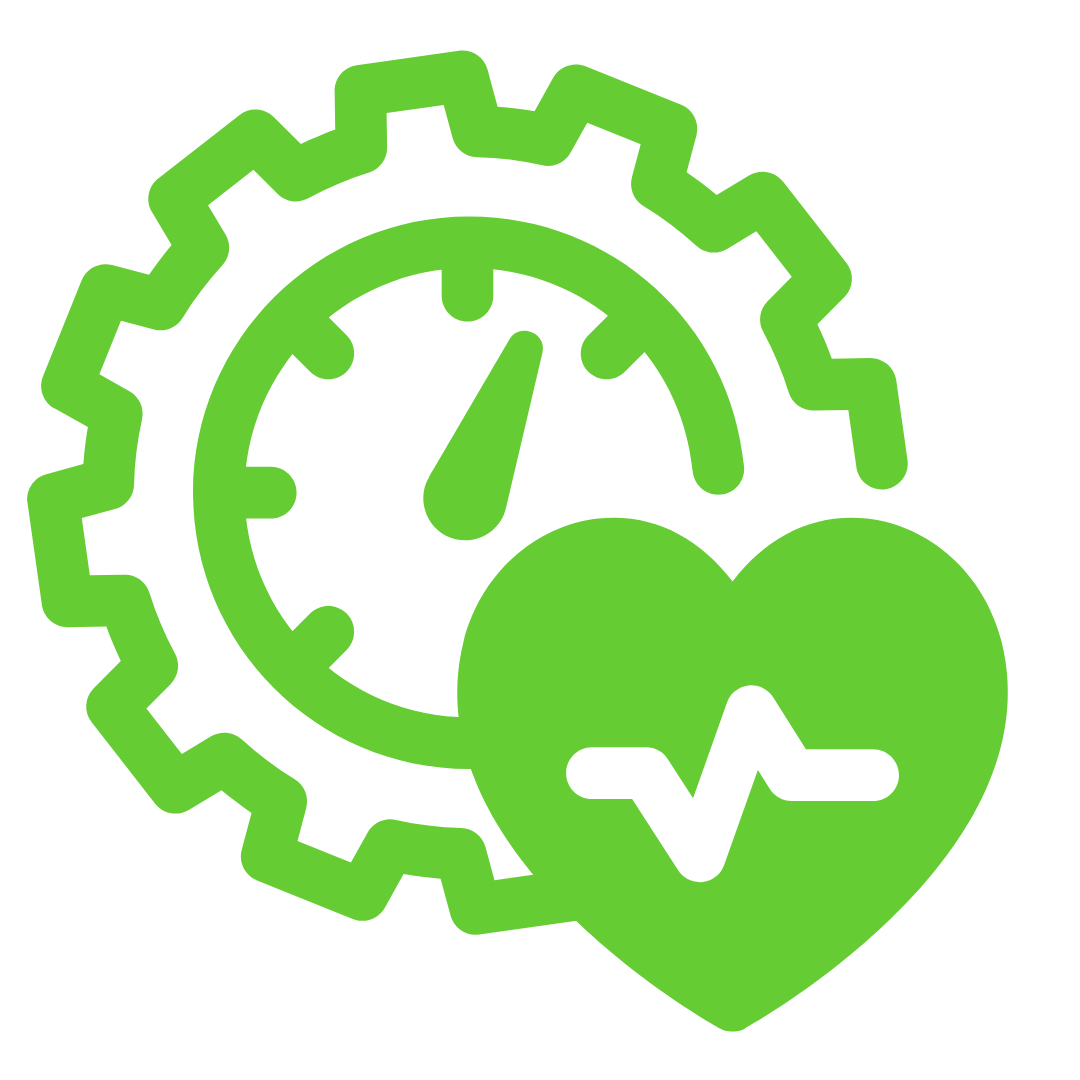
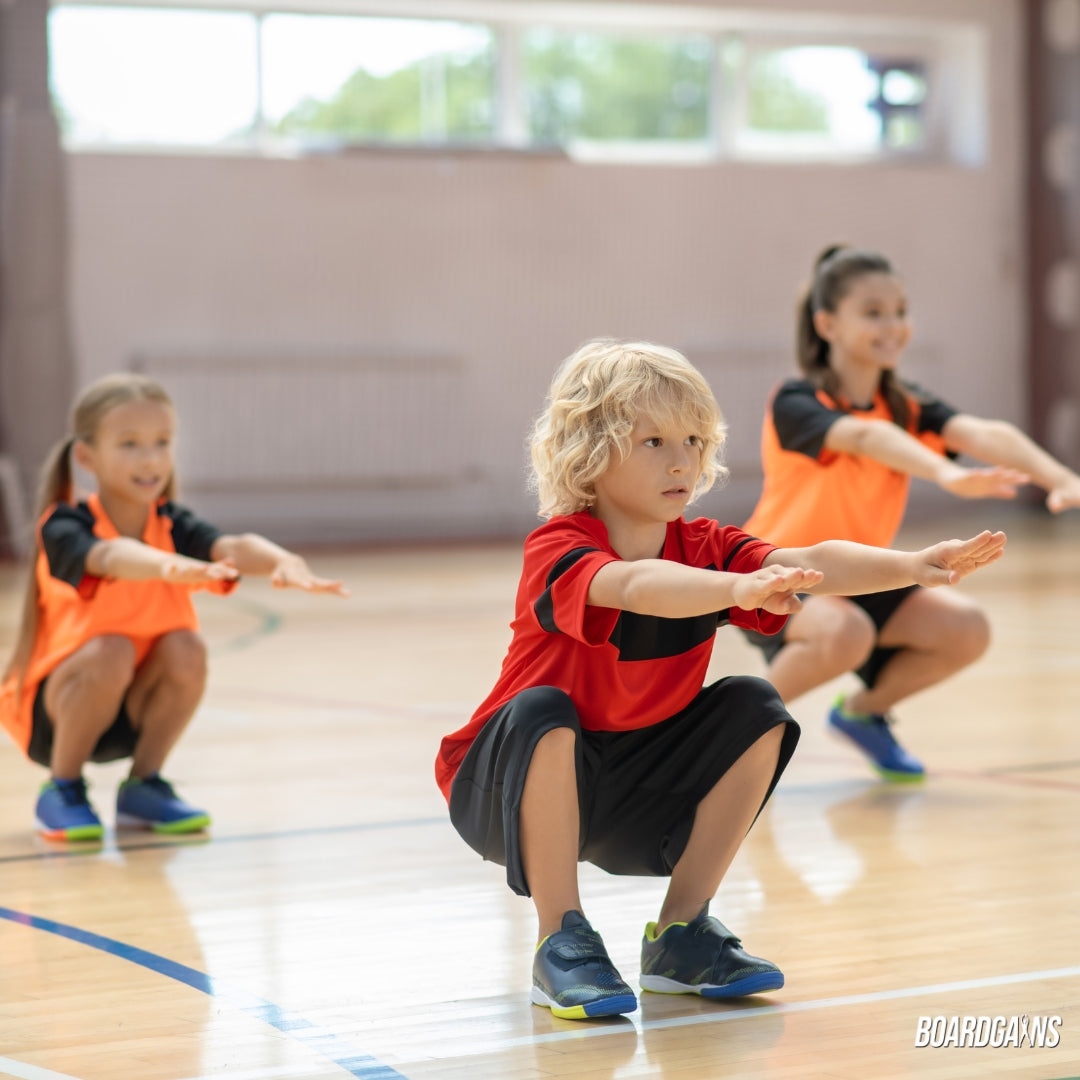
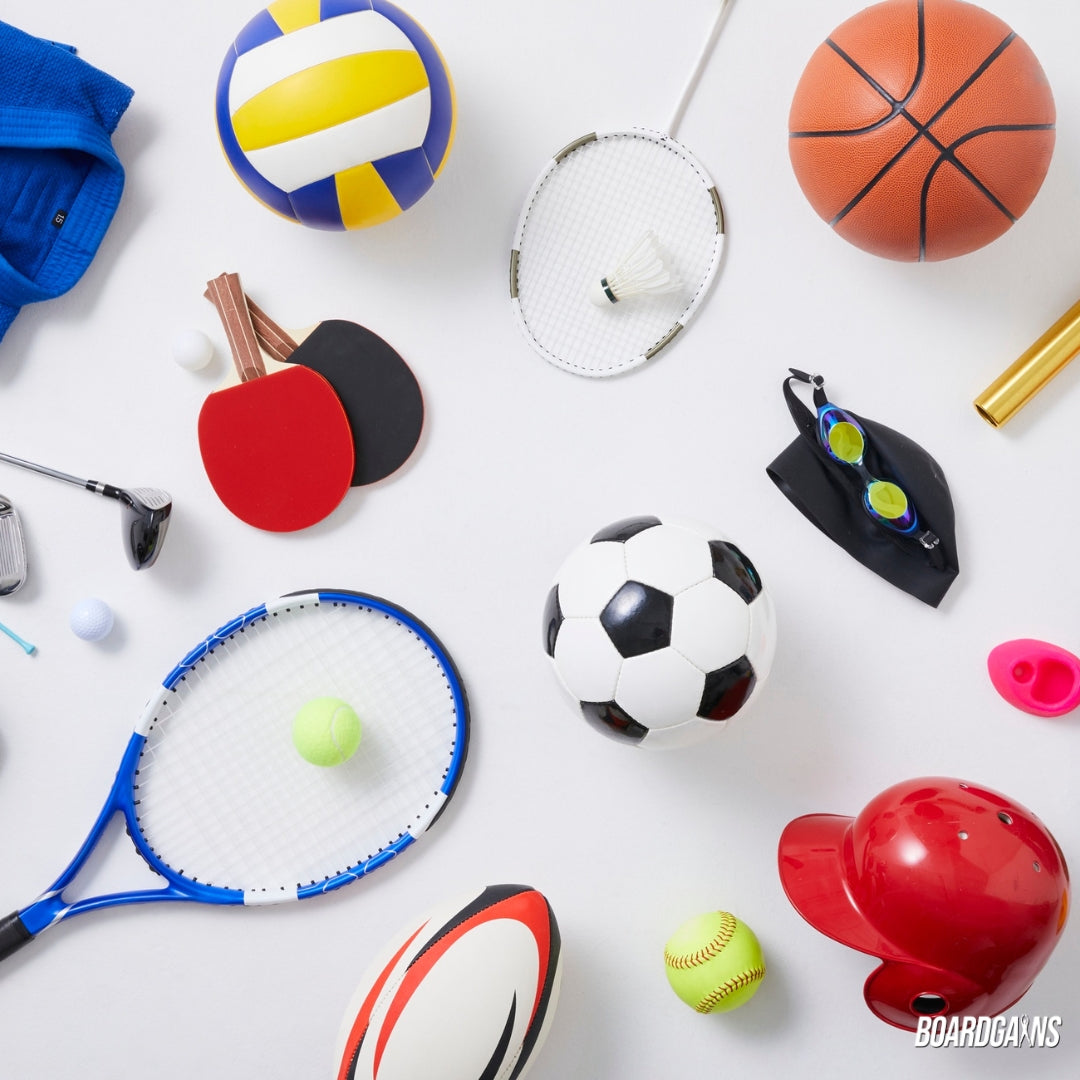
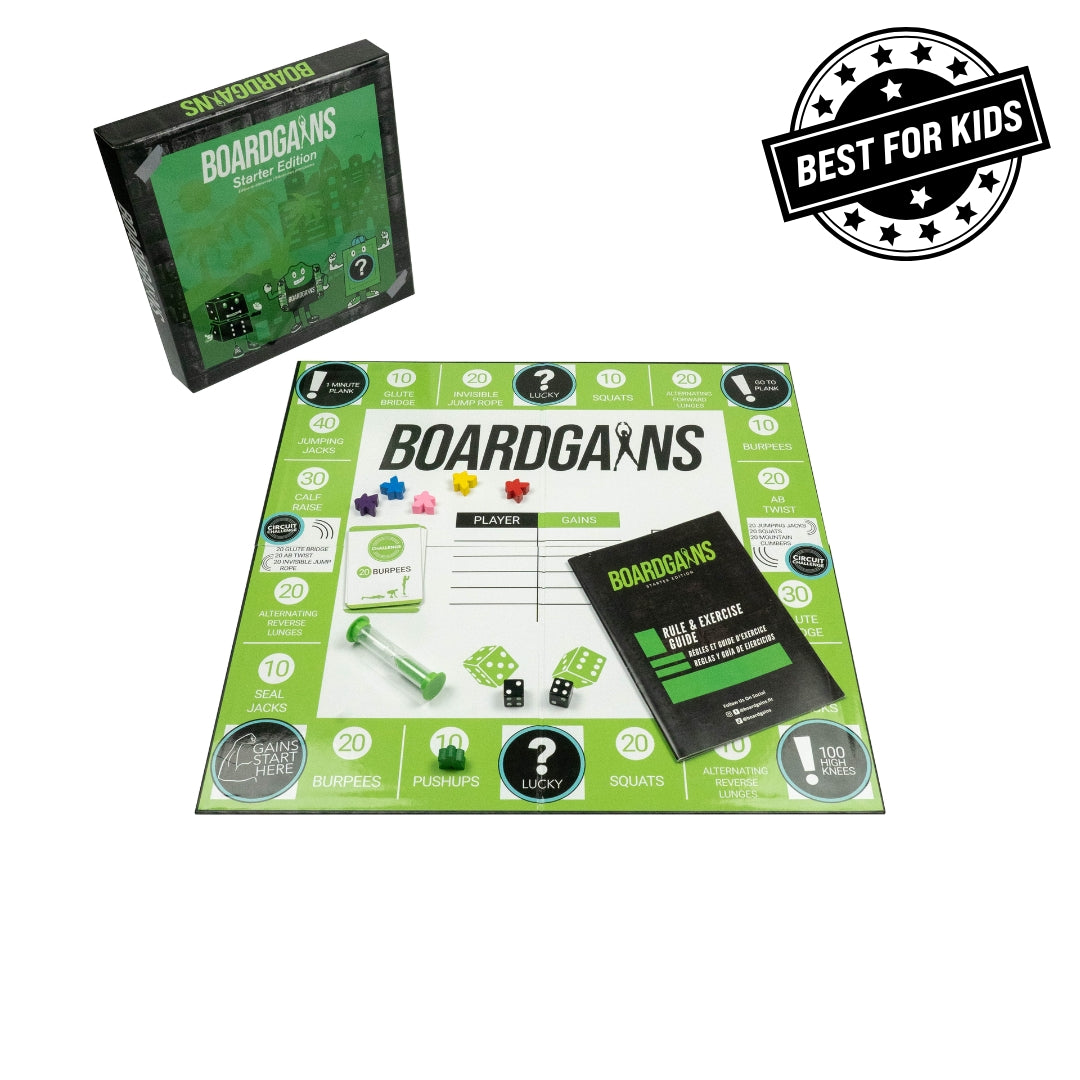
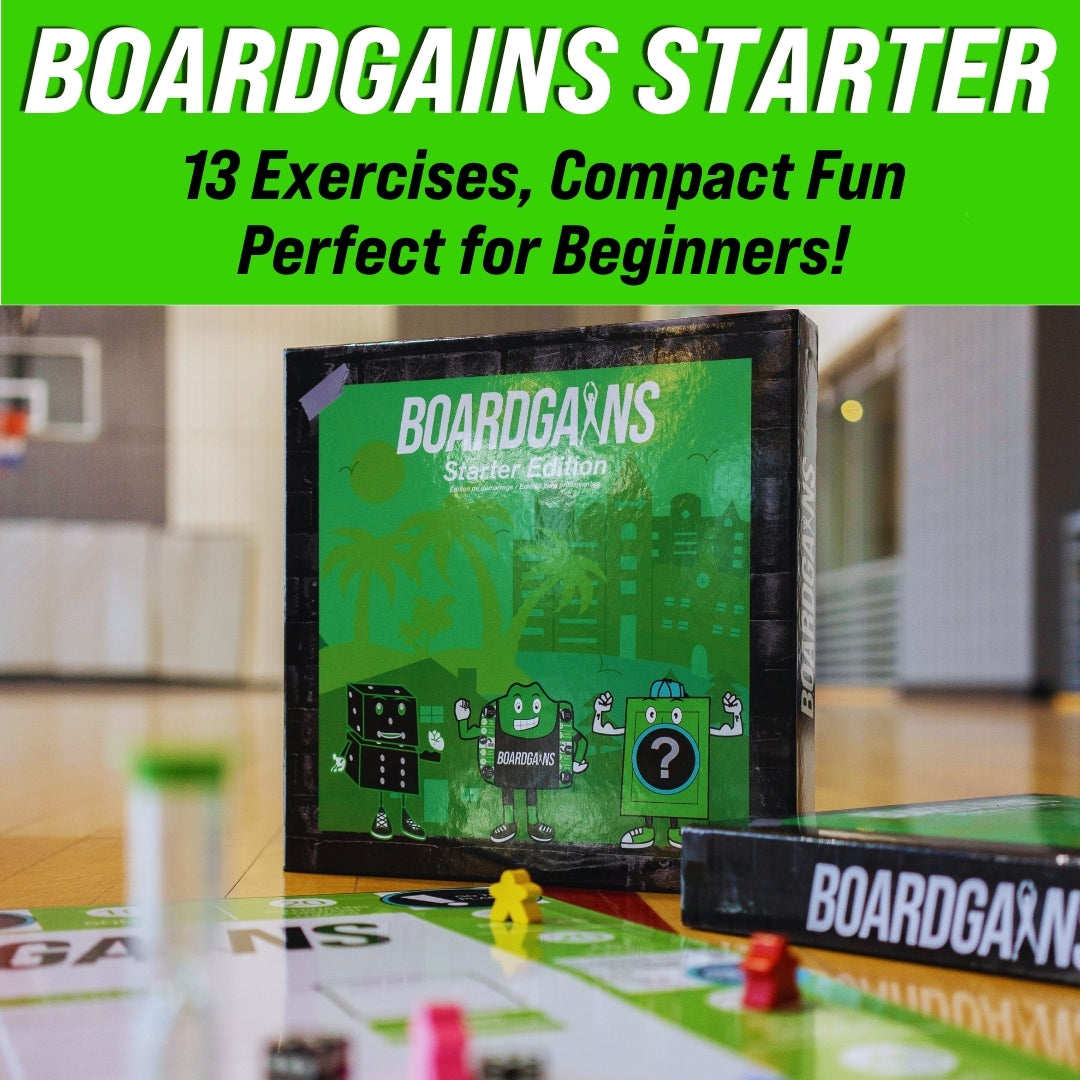
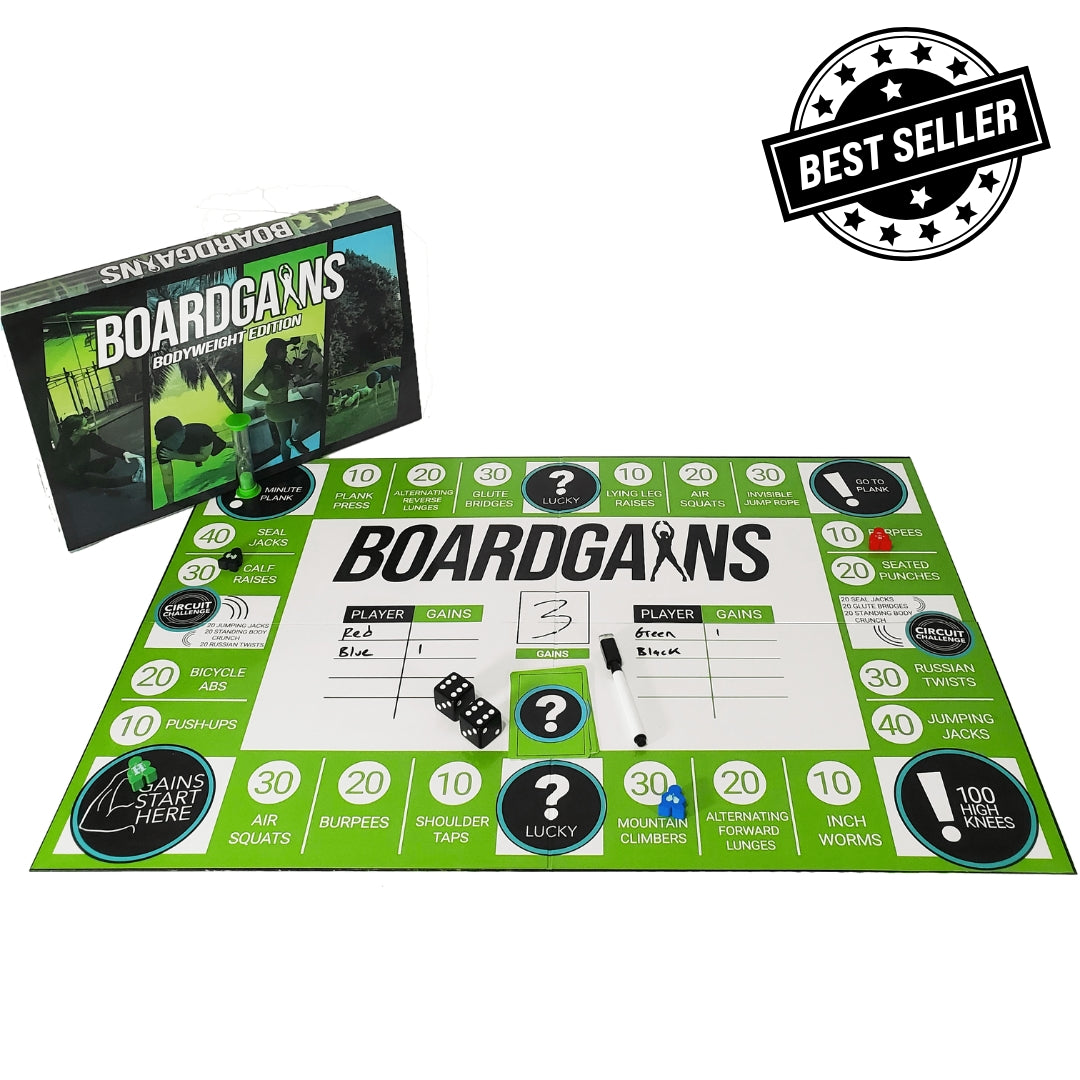
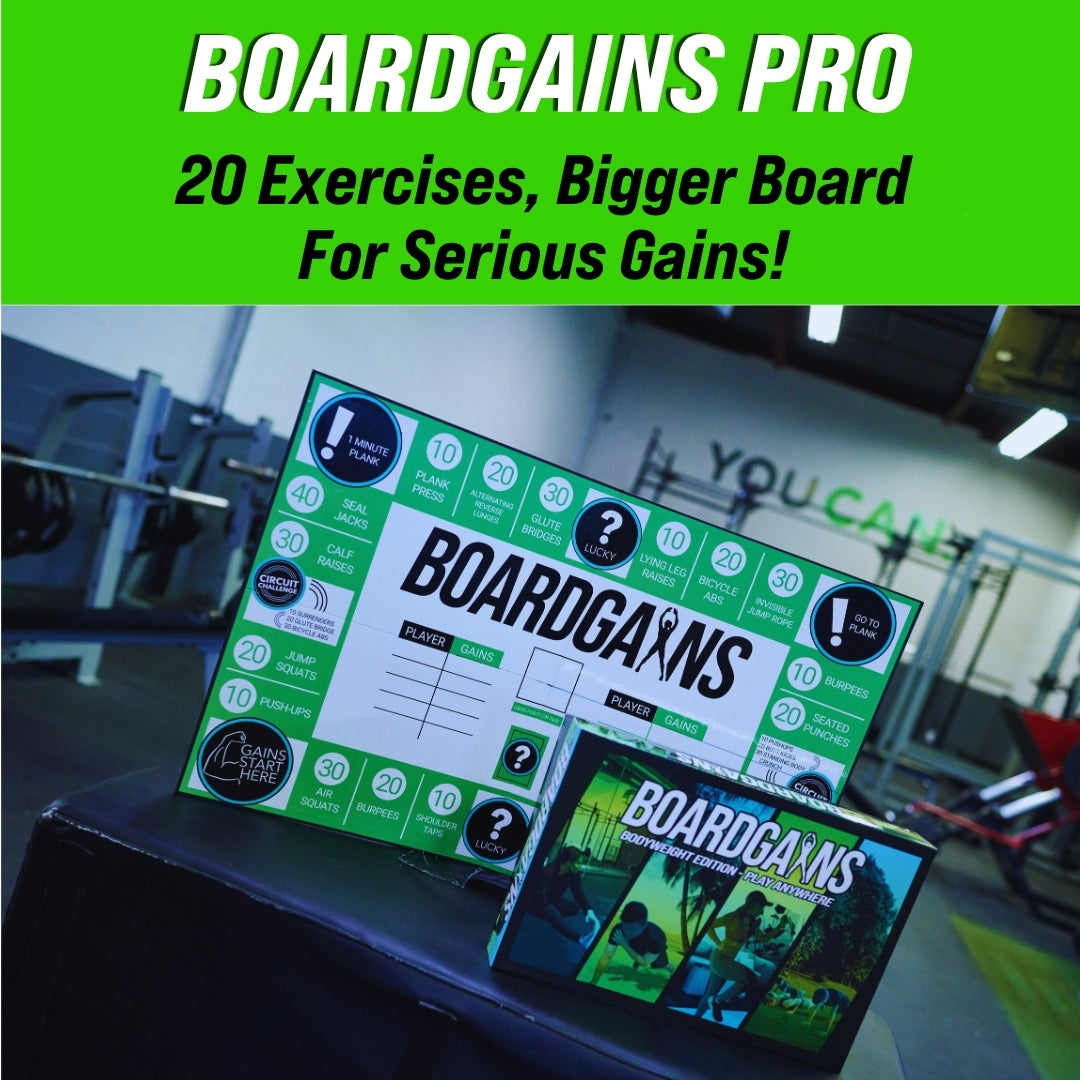
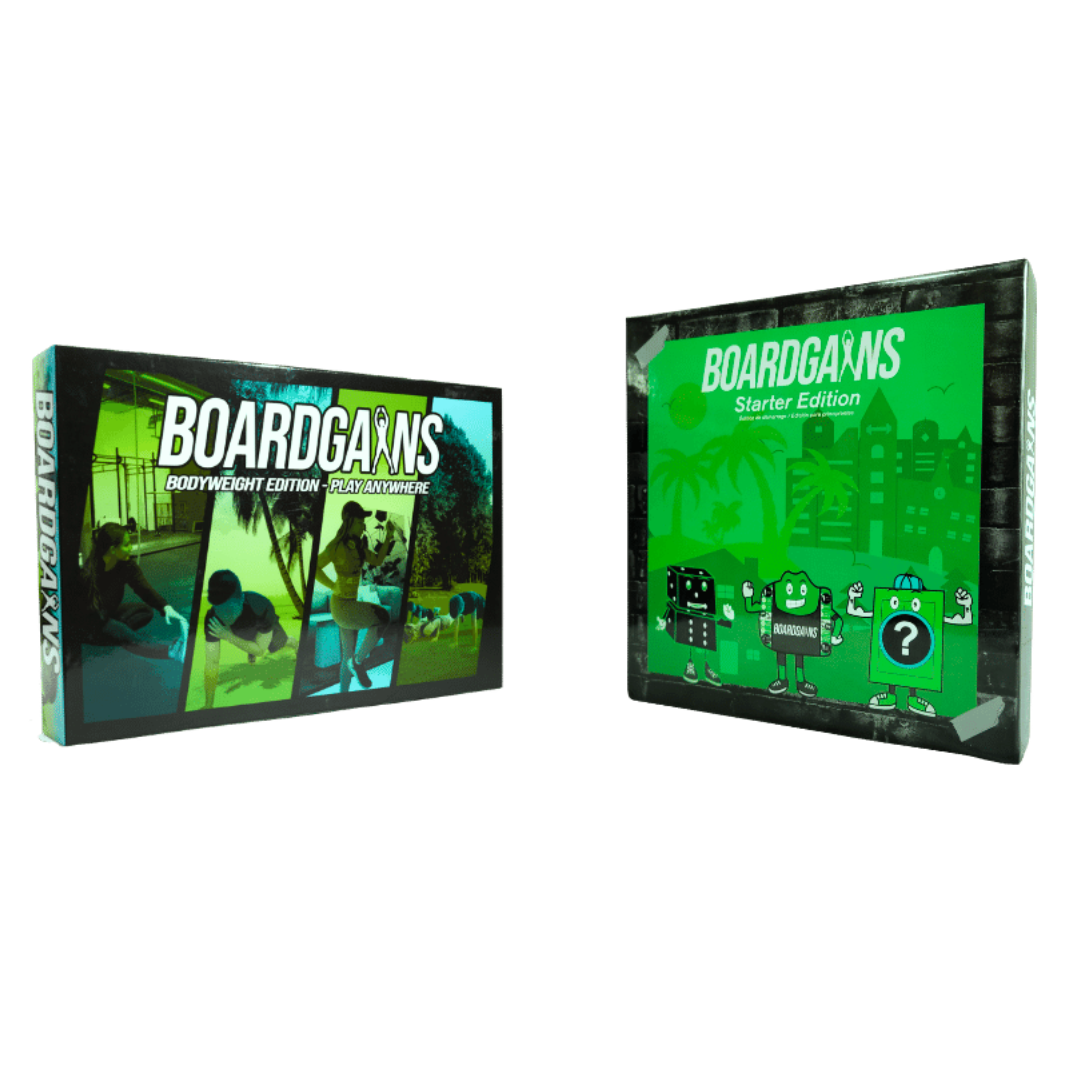

Leave a comment
This site is protected by hCaptcha and the hCaptcha Privacy Policy and Terms of Service apply.